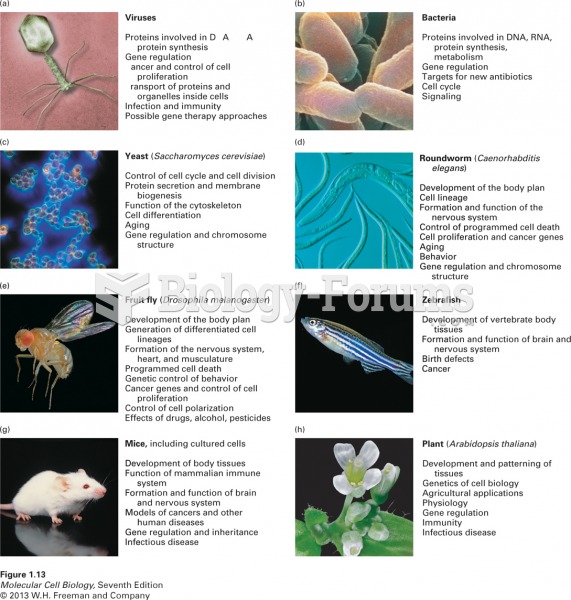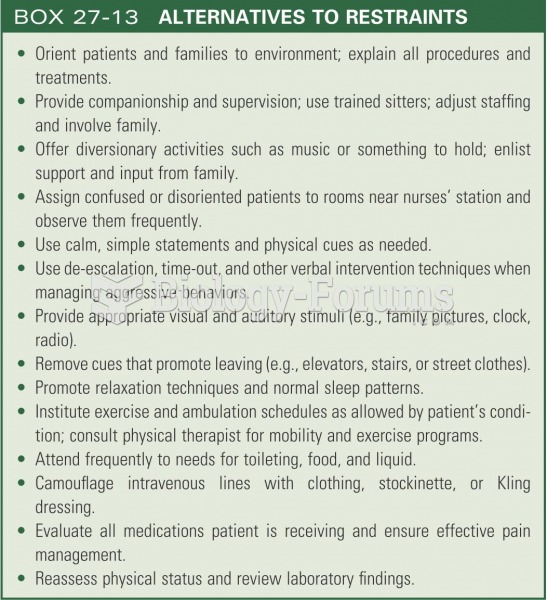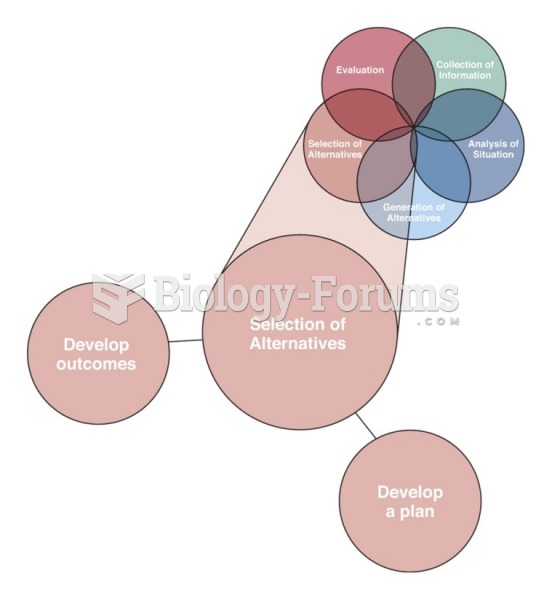Answer to Question 1
Answer: A report can be distributed as a native file in its original program such as Word, or as a PDF file. PDF files are the most common format for distribution electronically because the documents are often easier to design than web pages. The documents can be printed ad stored on the audiences computer, making them durable in that they will not disappear when a web address changes. Audiences can be required to submit contact information before downloading a PDF document, allowing the company to track people interest in the information and to market additional content and services to them. Finally, with the right software, videos can be added to PDF files. However, web-based reports also offer advantages. Readers can browse through sections of a report without taking the time to download it. Web-based reports can be more interactive, with links to multimedia content and animated data display. Finally, reports can be updated frequently, without republishing the PDF.
Answer to Question 2
Answer: Documenting or citing your sources is a key part of all writing in academia and most professional writing. Appropriate documentation serves many functions:
It adds credibility to your writing. Many writers assume that they will seem smarter if they make their ideas appear original. In fact, the opposite is true. Your writing will be more impressive if it shows that you are well informed by having read relevant texts or talked to key people.
It strengthens your argument. Most report writing relies on up-to-date and accurate data. By providing appropriate citations, you can give your audience confidence in the strength of your data.
It helps your audience locate information mentioned in your report. Your audience may want to read more deeply into your topic. They will rely on your reference list to give them direction.
It helps demonstrate that you are ethical. If you acknowledge all your sources, no one will accuse you of plagiarism, which is presenting others' ideas as your own.







